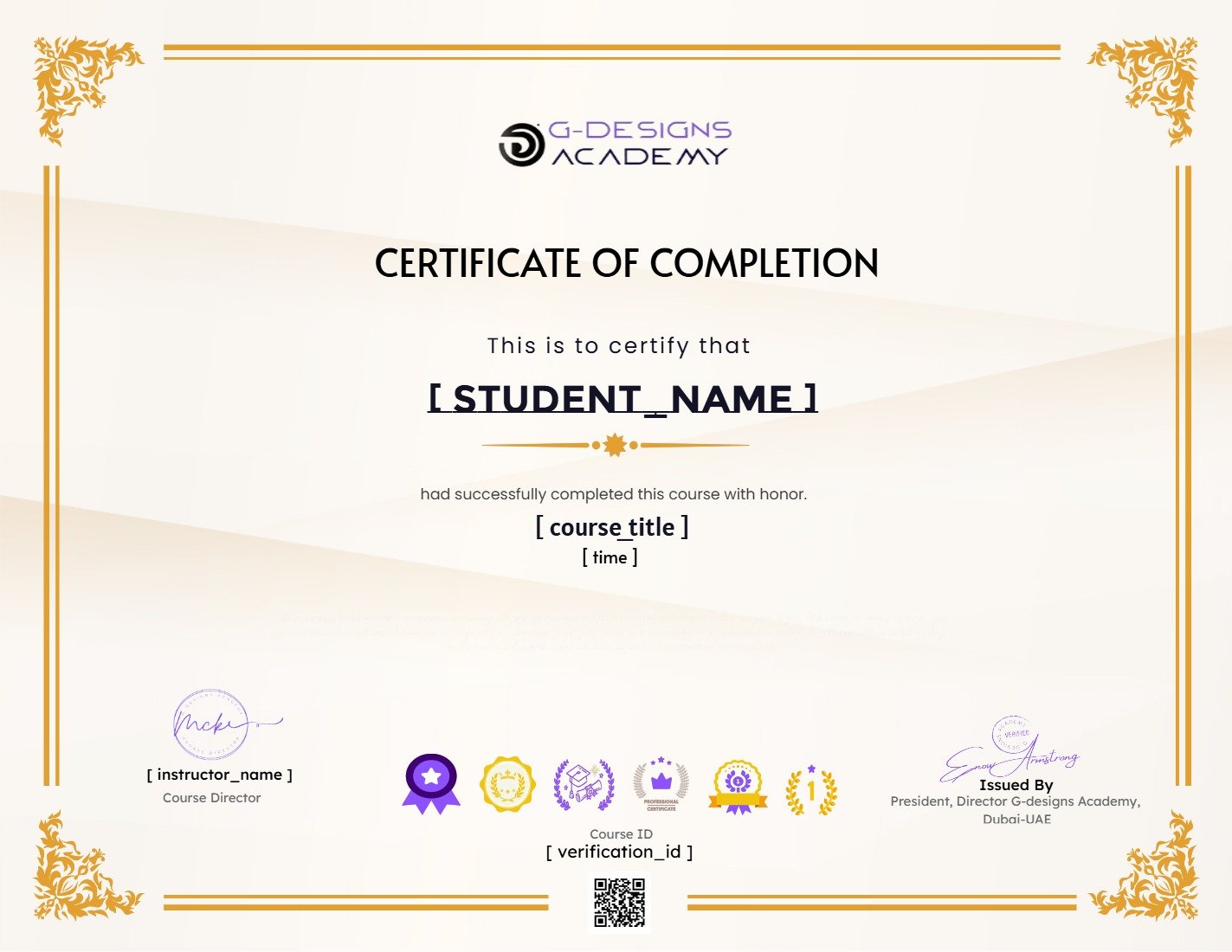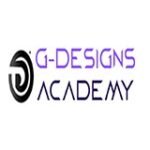Principles of Graphic Design
About Course
Principles of Graphic Design
Introduction:
Graphic design is about representation of ideas and concepts for communication or expression. It requires a visual medium of representation. A graphic design communicates through the visual language of dots, lines, shapes and colours.
When we write something on a paper with black ink, we ‘read’ it because we see it first and then understand the meaning.
Reading is nothing but first and foremost, a visual perception.
NOTE: This course is out to give you a deeper understanding of what graphic design is and the different tools or Sofware’s that are been used.
This course’s main objective is to show anyone, even a total newbie, how to master Graphic Design in a short period without using a lot of technical jargon. I promise that once you complete this course, you’ll be equipped with the information you need to create an appealing, creative design.
About the Course
This course will teach you the principles of graphic design, so that you can start using different design software’s. You will discover the different design software’s that you can use to design with.
Who is this Graphic Design course created for?
Have you ever wanted to create a professional-looking Logo, Poster, Book-cover, flyer but weren’t sure where to begin? You can now. Principles of Graphic Design is a complete course for everyone, regardless of technical competence. This course makes no assumptions about prior knowledge!
Course Content
Introduction to Principles of Graphic Design
Graphic Design Theory and Principles
Color Theory in Design
Typography in Design
Design Theory in Action
Design Tools
Design Technology
Introduction to Adobe Illustrator
Introduction to Adobe Photoshop (Photoshop for Beginners)
Final Quiz
Certificate of Completion/Achievement
Add this certificate to your resume to demonstrate your skills & increase your chances of getting noticed.


